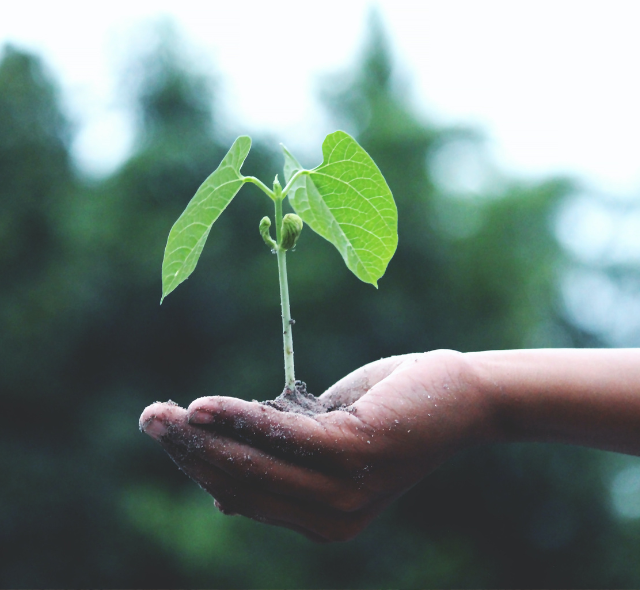Five ways to be more eco-friendly
The future of our planet depends on us – and continuing to reduce our impact on the environment is extremely important. While modern life and rising costs can make it feel difficult, there are some great ways to help the environment and be more eco-friendly.
1. Eat seasonally
Fortunately, there are plenty of vegetables available this time of year (without having to resort to turnips) that are cheap, tasty, and kids are happy to eat too. And eating seasonally is a great opportunity to be more adventurous and try new foods.
Winter is the season of root vegetables. So try chopping carrots into batons for a healthy snack that goes great with hummus. Swap out sandwiches and salads for warming, filling soups – children like sweet flavours, so parsnips and sweet potatoes are perfect for this.
You can also make plenty of dishes using leftovers – in fact, stir fries are a tasty way to use up those remaining veggies. Many supermarkets have changed their labelling from ‘use by’ to ‘best before’ on many dairy products such as yoghurts and milk. And even then, don’t rush to throw food out if it’s gone past its ‘best before’ – always check it for yourself.
2. Buy clothes that last
At Trutex, we don’t provide fast fashion. But we understand that when times are tough financially, it can be difficult to choose between buying clothes that are easier on our wallets, and clothes that are more expensive but supposedly better quality.
According to WRAP (the Waste and Resources Action Programme), an estimated £140m of clothing is sent to landfill in the UK every year. That’s why we’re playing our part by creating high-quality garments at an affordable price that have a better impact on the planet.
All our products are ‘Made to Last’ – a performance and ethical commitment that’s been at the heart of everything we do since we began. Our uniform is consistent in colour, care and construction, designed to last, and passed to siblings or sold through second-hand shops.
Trutex uniform should be grown out of, not worn out, providing more sustainable clothing, and better value, for parents.
3. Wash clothes less often
Kids can get very mucky very easily. But they can also be just as quick to throw clothing in the washing pile rather than put it away at the end of the day. Give garments a quick check before they go in the washing machine to see if they should be worn again.
You can also wash clothes at a lower temperature to save energy, and hang clothes up on an airer rather than use a tumble dryer. If you have a big family and are short on time, spring could be the perfect time to let wet clothing dry naturally on the washing line outside.
4. Check your recycling rules
We all want to reduce what goes into landfill, but it can be a minefield trying to figure out exactly what packaging is recyclable.
It could be worth checking with your local council about what you can put in each bin. Many councils are working hard to make sure we’re all looking after the environment, and are frequently updating what can be put into recycling.
For example, did you know in some council areas you can put food waste in with garden waste? And that other areas now accept packaging such as stretchy plastic like bread packaging, plus bubble wrap, foil and more?
If you have a garden or an allotment, you can also compost vegetable peelings and scraps – or ask a neighbour with a compost bin if they’d be happy to accept them.
5. Look after electrical goods
It’s easy to forget about electronics when it comes to being more eco-friendly. The cost of white goods has decreased significantly over recent years – and by keeping them in good condition and servicing them regularly, they certainly last longer too.
Toasters, kettles, hairdryers and mobile phones are often thrown in the bin when they’re done with – and sometimes when they’re not even broken – so think carefully about how you dispose of them. Remember, mobile phones can be traded and sold online or in stores, while some charities are more than happy to accept second-hand electrical goods.
If electrical products have come to the end of their life, be sure to take them to your local household waste and recycling centre so they can be disposed of correctly and safely.






